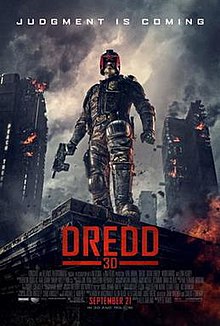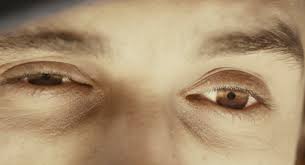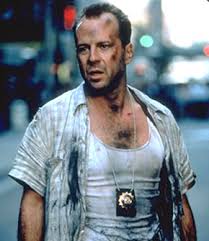The UK's share of the global box office fell last year, despite the international success of James Bond film Skyfall - Britain's highest ever grossing film.The British Film Institute said UK film releases took $5.3bn (£3.45bn) in 2012 - a 15.3% share of the world market.
2.What was this % in 2009?
6.8%
3.What might this change indicate about British film?
The change in the percentage over the years indicates that the British Film Industry is rising, and more of the films they are producing are becoming of a success.
4.What films have been responsible for this change?
The films responsible for this increase are - The King's Speech, Sky Fall, Slumdog Millionaire and The Woman in Black.
5.What % of the British film industry makes a profit?
Lower budget films such as those made for less than £2m were less likely to make a profit of 4%. The figure improves as budgets rise with 17% of films that cost more than £10m making their money back.
6.What % of Hollywood films make a profit?
The percentage of Hollywood films that make a profit is 17%.
7.How does that % differ between £2m and £10m budget British films?
Lower budget films such as those made for less than £2m were less likely to make a profit of 4%. The figure improves as budgets rise with 17% of films that cost more than £10m making their money back.
8.What might we infer from this difference?
By stretching a budget, and using extra special effects, or hiring better well known actors, the film is more likely to succeed in making a larger profit than films without.
9.Which age group makes up the largest % of UK cinema goers?
Ages range from 18-24years of age, both genders.
10.Why do you think this might be?
The quadrant system allows this age range to view all films, as well as genres, so they are targeted as the most popular and significant age range.
11.Which 'type' of film has seen an 18% drop in attendance?
The 18 per cent gross income generated by 3D in 2012 continues a slight decline, down from 20 per cent in 2011 and 24 per cent in 2010.
12.Within that 'type' which genre has seen the biggest fall?
Big family films such as Madagascar 3 and Brave were the genre in which have seen the biggest fall.
The price of 3D tickets deterred families from going to the cinema, as they tried to economise their pricings to ensure they were saving that little extra money.
14.Who is Paul Greengrass?
Paul Greengrass is an English film director, screenwriter and former journalist
15.How did he describe the British film industry?
He says that the British film industry has transformed from what it used to be
16.What did a BFI spokesperson say was the point of less profitable low budget British films?
"tiny budget films that, while commercial success is always hoped for, are successful and beneficial to the industry for other reasons like skills and training development and for artistic and cultural importance"
17.What was the budget for Filth and how much money did it take?
Its budget was just under £2 million, and it made £4million
18.What advantage did James McEvoy feel £100m films have over low budget films?
He says that films with larger budgets have chances to sell the films in all sorts of ways, where as smaller budget films aren't able to do this
19.What is VOD?
VOD is known as Video on Demand
20.What % increase did VOD see last year?
The VOD market has increased by 50% last year.
21.What impact might VOD have on distributers and Studios?
Video on demand is becoming more popular so it might outsell them
22.What impact has it had on Blockbuster rental stores?
It has a chance of outselling the stores, which will cause them profit and business issues
23.What was unique about Ben Wheatleys 'A Field In England'?
A Field in England was the first UK film to be released simultaneously in cinemas, on DVD, on TV and through video-on-demand.
24.What does director of The Machine Caradog James think is the toughest part of film making?
"The toughest thing is you make a good film but can you get it to reach an audience? It's events like this and individuals who champion independent cinema that give us a profile and any chance of a mass audience."
25.Why have rules been relaxed on what makes a film 'British'?
To encourage more people to make British films, so that there can be more successes.
26.How has the use of visual effects in films been encouraged?
Visual effects are used in films to make it more interesting for the audience, to aid boosting of ratings
27.Name five of these rules and link them to The Kings Speech, Kill List, The World's End
-British Themed drama, cultural e.g. The Kings Speech
-'Lad' themed actions - Worlds End
-British director - The King's Speech
-British Cast - Kill List, Worlds End
-Location set in Britain - Kill List, Worlds End, King's Speech
28.What rules has chancellor George Osbourne announced for tax on British films?
He announced that films only need to now spend 10% of their budget within the UK to qualify for tax relief, where previously they had to spend 25%. Tax relief would be applied to 25% of the first £20m of a production, and 20% on any remaining budget, regardless of the overall total; previously only films under £20m were eligible for the higher rate.
29.What is the highest grossing film in UK box office history?
Sky Fall
30.How much has it taken and how many screens was it available on?
Bond adventure has earned £94.3m in the UK, beating the previous record holder Avatar. Sky Fall opened in 587 cinemas across the UK and Ireland on 26 October, and is still on general release.



























